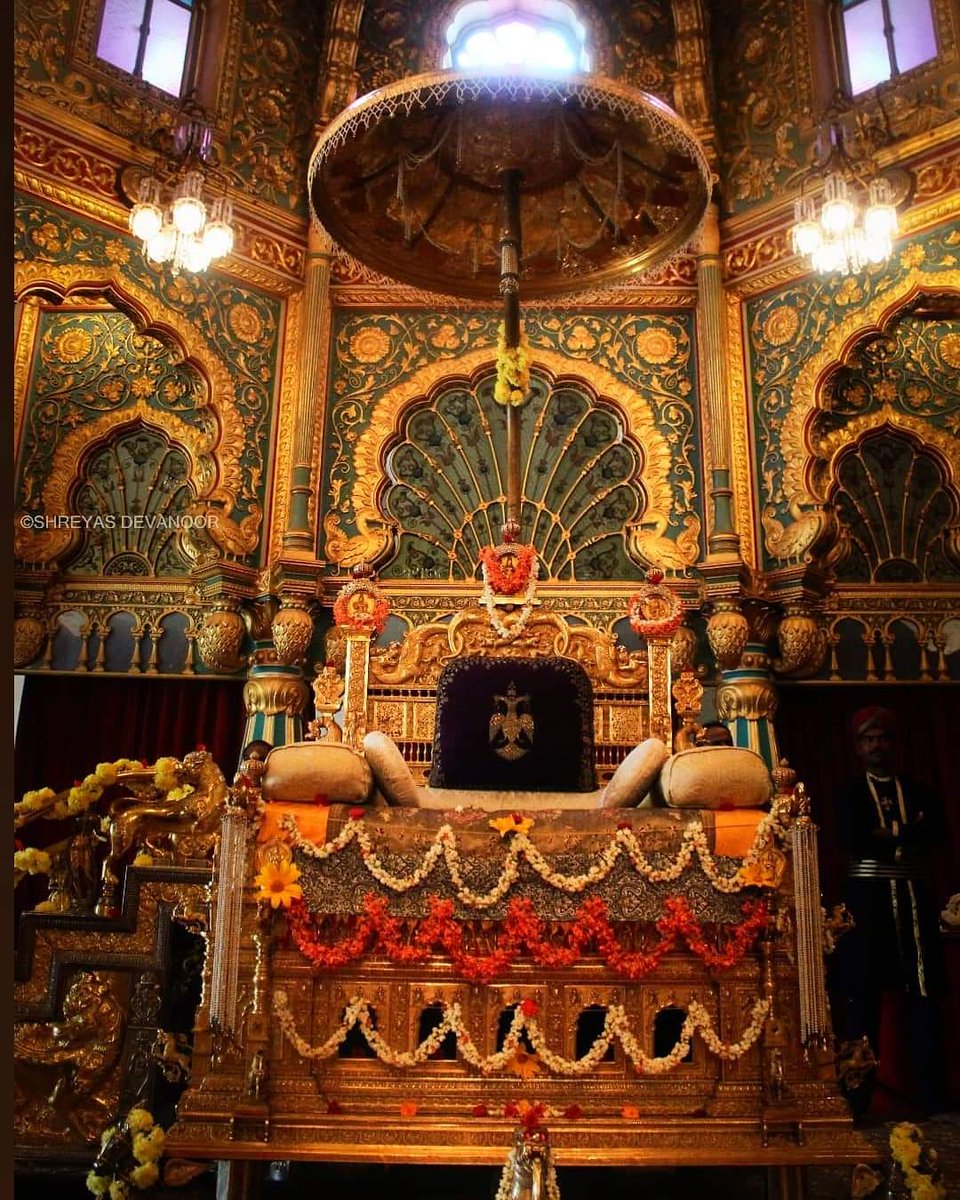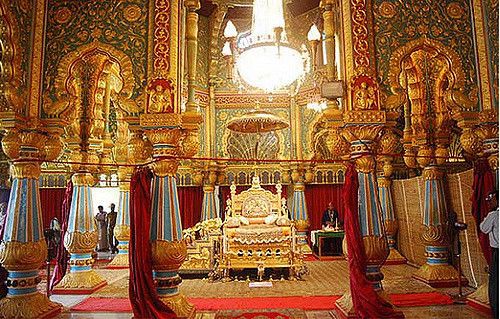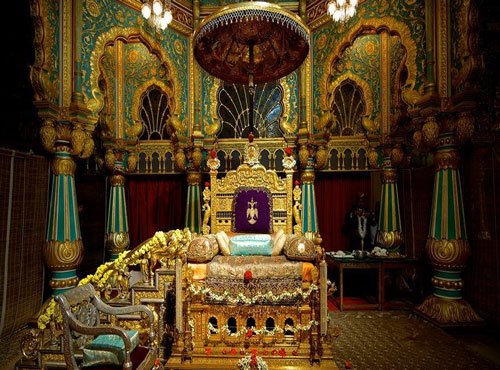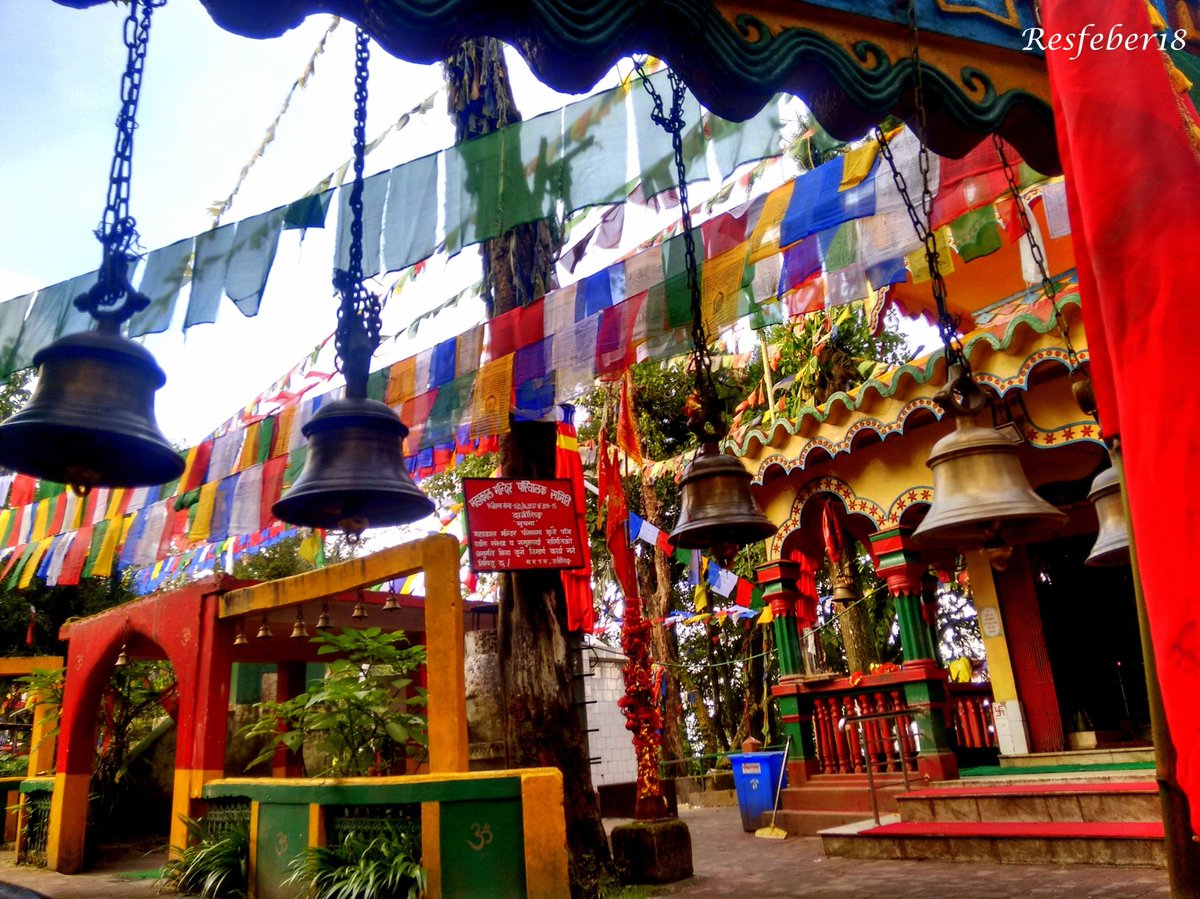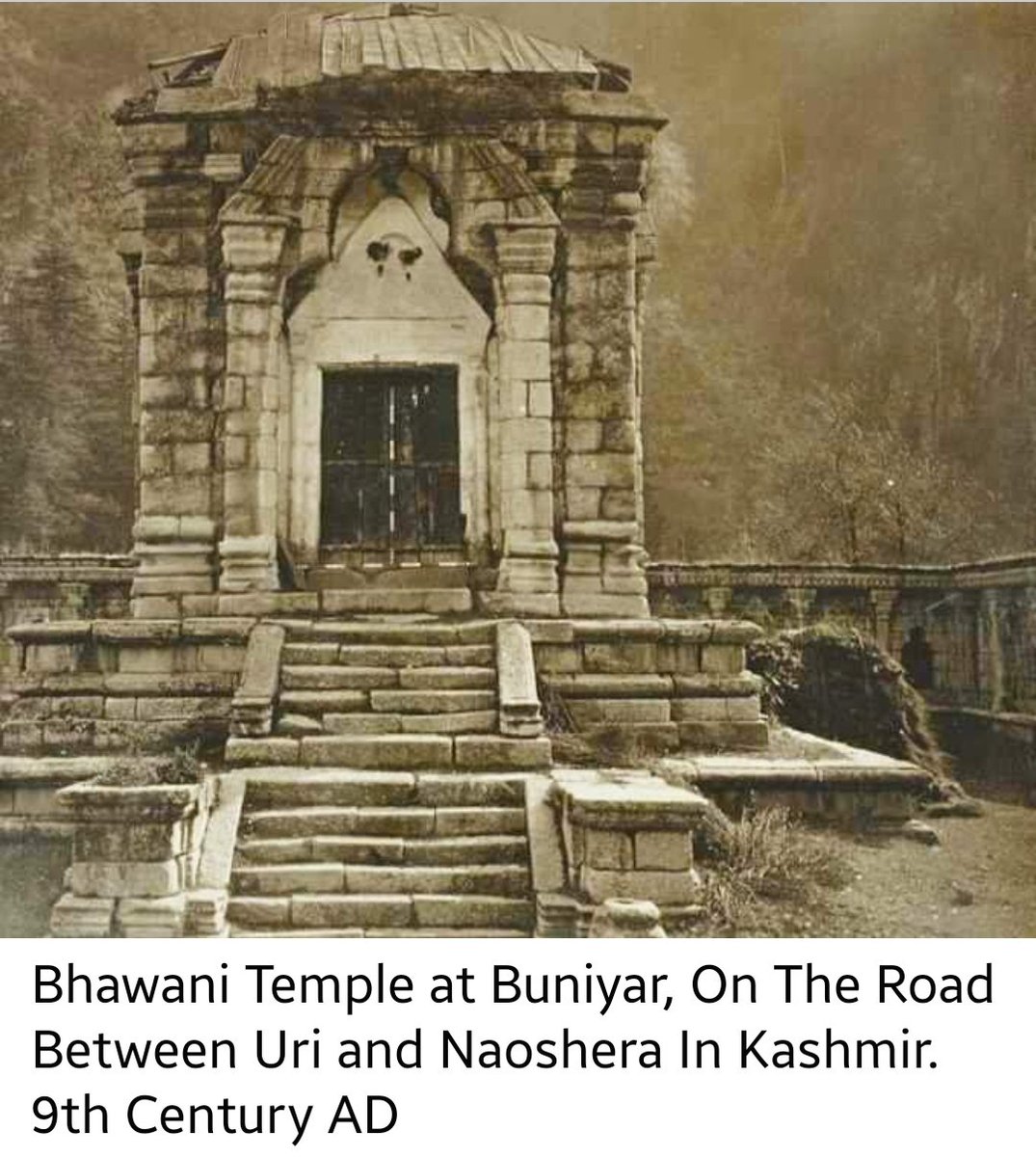
Nellaiappar Temple in Tirunelveli is a place of religious significance. It is a place of spiritual significance. It finds mention in our puranas and many literary books, especially the Tevarams. It’s gopurams and musical pillars are a work of beautiful art. 





Musical magnificence of Nellaiappar Temple in Tirunelveli
• This 7th century Musical Pillar produces musical notes when tapped. Indeed a wonder of ancient architecture.
• The majestic Nellaiappar Temple itself is a masterpiece in terms of architecture.

• This 7th century Musical Pillar produces musical notes when tapped. Indeed a wonder of ancient architecture.
• The majestic Nellaiappar Temple itself is a masterpiece in terms of architecture.


The entire city is synonymous with this temple that is steeped in so many rich legends and stories.
I am talking about the Nellaiappar temple, a living example of beautiful Dravidian architecture that was built by the early Pandyas in the 7th century.

I am talking about the Nellaiappar temple, a living example of beautiful Dravidian architecture that was built by the early Pandyas in the 7th century.


Located on the northern banks of the Thamirabharani river, the Nellaiappar temple is dedicated to Bhagwan Shiv and his consort goddess Parvati. Bhagwan Shiv is worshipped as Nellaiappar or Venuvananathar and Goddess Parvati is worshipped as Kantimathi Amman. 

But, its main feature is that it is one of the Pancha Sabhai Sthalangal or one of the 5 places where Bhagwan Shiv is believed to have performed his cosmic dance (Tandava dance). The Nellaiappar temple is the Thamirachabai (copper hall) based on the dance pose of Nataraja. 



Other locations of the cosmic dance:
1) Natrajar Temple, Chidambaram –Porchabai (Gold)
2) Meenakshi Amman Temple, Madurai–Vellichabai (Silver)
3) Sri Vadaranyeswarar Temple,Thiruvalangadu, Chennai–Rathinachabai (Emerald)
4) Kutralanathar Temple, Thirukutralam–Chithirachabai (Art)
1) Natrajar Temple, Chidambaram –Porchabai (Gold)
2) Meenakshi Amman Temple, Madurai–Vellichabai (Silver)
3) Sri Vadaranyeswarar Temple,Thiruvalangadu, Chennai–Rathinachabai (Emerald)
4) Kutralanathar Temple, Thirukutralam–Chithirachabai (Art)

Even though the Nellaiappar temple was originally built during the reign of the early Pandyas, it has seen many additions during the reigns of the future empires, especially the Cholas, Pallavas, Cheras, Nayaks and the Vijayanagara kings. 





Following are the key architectural highlights of this temple and that you should definitely experience during your visit to this cosmic wonder.
1) Mani Mandapam with its famous musical pillars
2)The Sangili Mandapam that connects the shrines of Nellaiappar and Kantimathi Amman
1) Mani Mandapam with its famous musical pillars
2)The Sangili Mandapam that connects the shrines of Nellaiappar and Kantimathi Amman

3) Vasantha Mandapam with its 100 pillars
4) Nandi Mandapam and
5) The mighty gopuram of this temple that is 850 feet long and 756 feet wide
4) Nandi Mandapam and
5) The mighty gopuram of this temple that is 850 feet long and 756 feet wide

• • •
Missing some Tweet in this thread? You can try to
force a refresh




